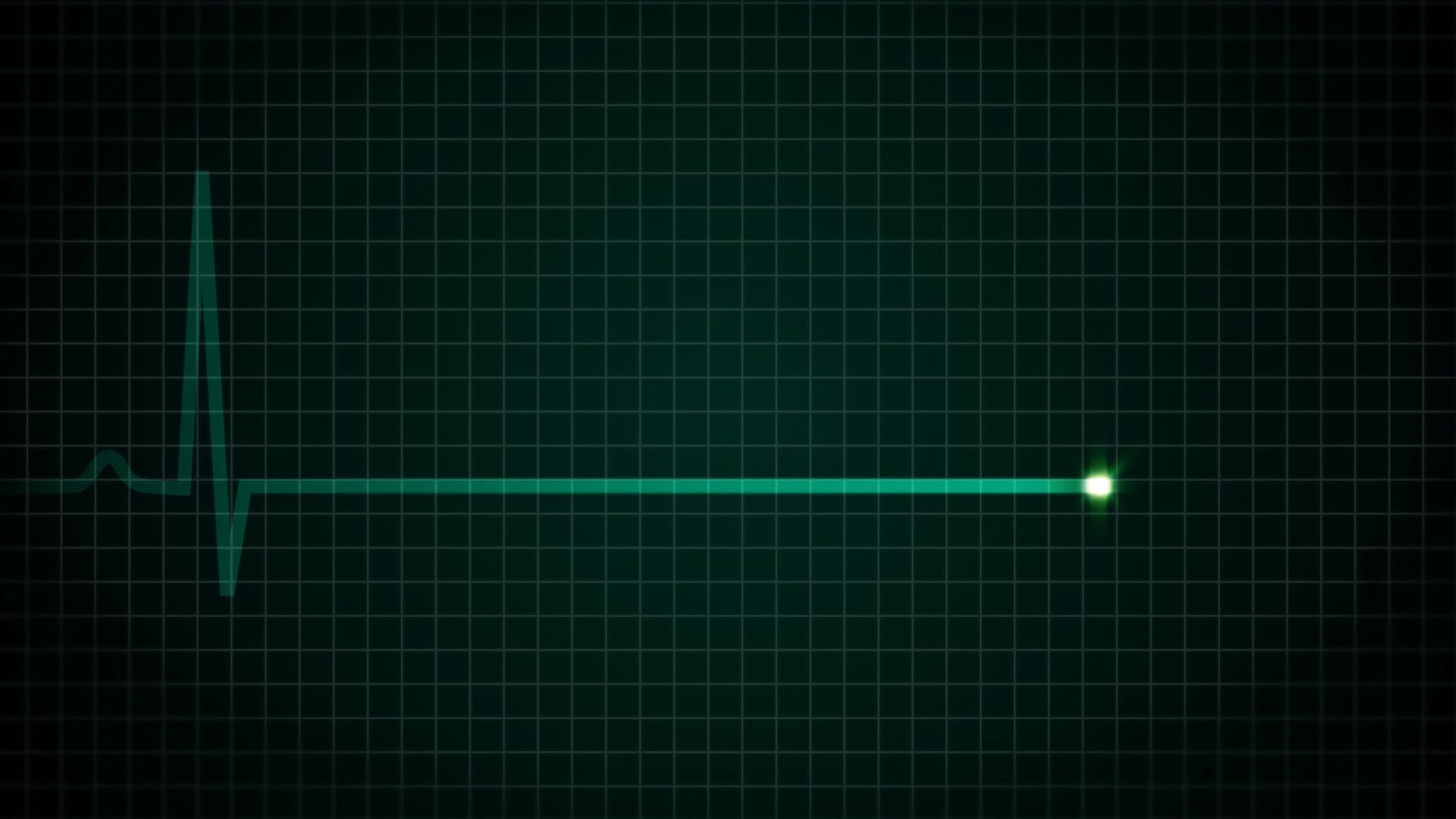What is Capillary Refill Time
Contents
Capillary Refill Time Pronunciation: ˈkapəˌlerē rəˈfil tīm
Definition: Capillary refill time (CRT) is a quick and simple test used to evaluate blood circulation and perfusion, particularly in emergency situations. It is measured by pressing on a patient’s fingernail or toenail bed until it turns white and then counting the time it takes for the color to return to normal after releasing the pressure.
What is Capillary Refill Time?
Capillary refill time refers to the time it takes for blood to return to the capillaries after applying and releasing pressure on a specific area, typically the nail bed or fingertip. It serves as an indicator of blood circulation and peripheral perfusion, providing insights into a person’s overall circulatory status.
Understanding the Importance of Capillary Refill Time in CPR
During CPR, the primary objective is to maintain blood flow and circulation throughout the body. Capillary refill time assessment plays a vital role in evaluating the adequacy of circulation. A prolonged capillary refill time, typically exceeding 2 seconds, may indicate insufficient blood flow and poor perfusion, suggesting inadequate cardiac output.
Assessing capillary refill time during CPR aids healthcare providers in determining the effectiveness of their resuscitative efforts. It offers valuable information alongside other clinical signs, such as pulse, skin color, and overall responsiveness, to evaluate the patient’s circulatory status.
What Does Prolonged Capillary Refill Time Indicate?
A prolonged capillary refill time can be a sign of inadequate blood flow and poor tissue perfusion. It suggests that the heart may not be effectively pumping blood throughout the body, compromising vital organ function. In such cases, further interventions or adjustments to CPR may be required to improve circulation and optimize the chances of a successful outcome.
Frequently Asked Questions About Capillary Refill Time
What is a normal capillary refill time?
A normal capillary refill time for both adults and children is usually 2 seconds or less. However, factors such as age, ambient temperature, and overall health can influence an individual’s CRT.
Why is capillary refill time important?
Capillary refill time is important because it can help identify potential circulatory problems or shock in a patient. A prolonged CRT may indicate poor blood flow, which could be caused by dehydration, hypovolemia, or other serious medical conditions that require immediate attention.
How do I perform a capillary refill time test?
To perform a capillary refill time test:
- Ensure the person’s hand is warm and at heart level.
- Press on the person’s fingernail or toenail bed with your thumb or index finger, applying enough pressure to cause the skin beneath the nail to turn white.
- Release the pressure and immediately start counting the seconds it takes for the color to return to normal.
- If the color returns within 2 seconds or less, the CRT is considered normal. If it takes longer than 2 seconds, the CRT is prolonged, and further evaluation may be necessary.
Note that cold extremities, nail polish, or poor lighting may affect the accuracy of the test.
Capillary Refill Time During CPR
Capillary refill time is a clinical assessment used in CPR (cardiopulmonary resuscitation) to evaluate the circulation and perfusion of vital organs. During CPR, one of the main goals is to restore blood flow and circulation throughout the body. Capillary refill time refers to the time it takes for blood to return to the capillaries after pressure is applied and released from a specific area, typically the nail bed or fingertip.
In CPR, healthcare providers or rescuers may assess the capillary refill time as part of the overall evaluation of the patient’s circulatory status. A prolonged capillary refill time, typically greater than 2 seconds, may indicate inadequate blood flow and poor perfusion, suggesting insufficient cardiac output. This assessment finding, along with other clinical signs, can help guide the rescuer in determining the effectiveness of CPR and the need for further interventions.
During CPR, the primary focus is on delivering chest compressions to maintain blood flow and circulation. If the capillary refill time remains prolonged or there are other signs of inadequate perfusion, it may indicate the need for additional interventions, such as optimizing chest compressions, ensuring proper airway management, administering medications, or considering the use of advanced techniques or equipment, such as an automated external defibrillator (AED) or extracorporeal life support (ECLS).
Overall, capillary refill time serves as one of the many clinical indicators that healthcare providers or rescuers consider during CPR to assess the effectiveness of resuscitative efforts and guide decision-making regarding the management of cardiac arrest.
More Articles





